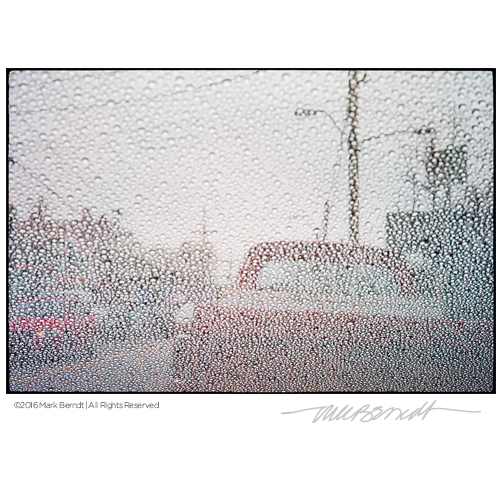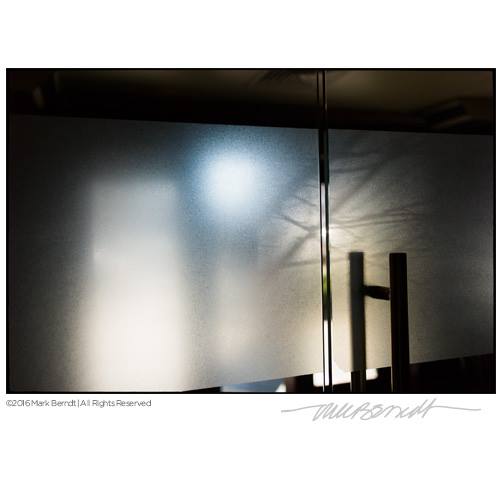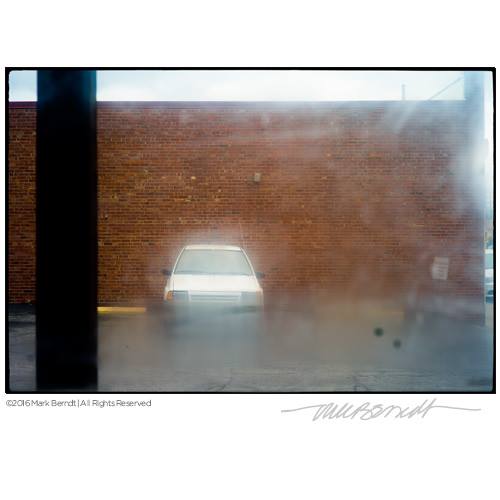
Louis and I woke at 5 this morning to thunder cracks and the violent gestures of trees from which we were separated by only a thin pane of glass and a wisp of curtain. Committed to awake, and a fresh cup of coffee and half-a-can of some chicken-vegetable-cat-casserole later (the coffee mine, the chicken for Louis), we decided to watch the night subside and listen as the storm made its Doppler crawl across the map.
Downstairs my slideshow screensaver of some 3000 images was still cycling on the flat screen, and as I cracked open the laptop to continue research for an upcoming talk I was reminded of the power that images have to timeline a life. It is obvious, I know, that pictures prompt memories – but to sit and succumb, at 5-second intervals, to these records of presence, self-made proof of my own existence, I remember places and temperature and weather and smell, state-of-mind and wonder and confusion and intuition. Magic, really, how much non-visual information they contain.
On the laptop I read a review of another new smartphone – the latest miracle-phone – which said nothing about the telephonic capabilities but exclusively touted its DSLR-killer camera through the endorsements of “pro” photographers convinced it’s all the camera they’ll ever need, while the reviewer detailed the shortcomings of the image files – over-noise-reduced blobby jpegs with little detail and lots of grain made on a microscopic sensor, but using 2 lenses instead of one. This is the latest technology designed, or at least described, to replace your camera.
And so I confess that I’m pretty thrilled (hurt my arm a bit trying to pat myself on the back, actually) that my little collection of memories flashing on the screen, inconsequential to most and which may never be viewed by more than the handful of visitors who witness my TV at rest, were made on professional cameras with enough resolution and rigorous processing to not only realize and recall the full experience which they record, but with the potential for display and reproduction beyond the ‘technical’ limits of the medium – on-screen, in books and as prints, even BIG prints – that will satisfy the professionally high standards of quality that I have worked a lifetime to achieve.
How disappointed I would be had I jettisoned my convictions about the value of exquisite capture for the convenience of expedient and inferior tools, and was limited to phone screens and emails to experience my life’s work.
My friend and mentor Bob Jones tells the story of his assignments shooting college football footage in the 16mm film days, when every frame had to be (expensively) processed to see what you got. “Only shoot the long passes and the touchdowns!” were his instructions before each game. Today “The best camera is the one you have with you.” recalls the same impossible (ludicrous?) thinking. If you make your greatest picture with an inferior camera, you end up with an inferior image – and the disappointment of knowing that you can’t go back and do it right, and that you really knew better all along.
As I always have, I advocate an open-carry pro-camera policy for professional photographers. Write your congressman.
©2016 Mark Berndt | All Rights Reserved







